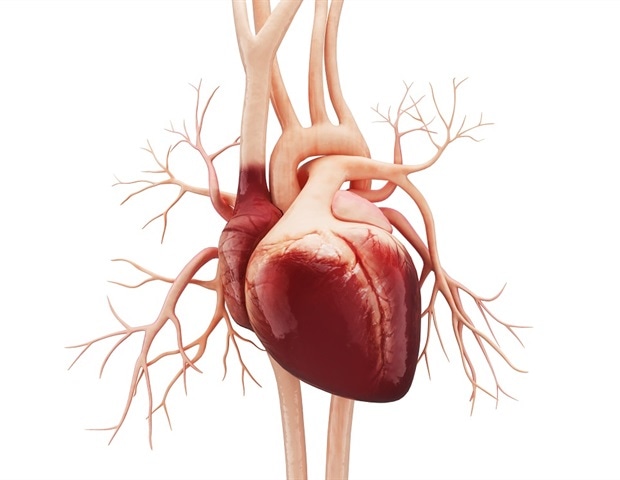
Patient education is an important aspect of rehabilitation after a heart attack (myocardial infarction). Core components of Sweden's 'Heart School' are individual counseling and group sessions focused on lifestyle-related, modifiable risks. Thus, patients are taught the importance of maintaining a healthy diet, being physically active and giving up smoking. Almost all patients with a first-time myocardial infarction are invited to participate. However, Heart School attendance is voluntary and fewer than half the patients choose to join.
This study represents the first scientific evaluation of Heart School in relation to mortality after myocardial infarction. To investigate the relationship between Heart School participation and how long patients survive after a first heart attack, the researchers used ten years' data from the nationwide Swedish heart registry SWEDEHEART (Swedish Web-system for Enhancement and Development of Evidence-based care in Heart disease Evaluated According to Recommended Therapies) and the Swedish Cause of Death Register. Socioeconomic variables were obtained from Statistics Sweden (SCB).
The researchers' material comprised 47,907 patients who had their first heart attack in 2006-2015 and subsequently went to the first CR follow-up visit. Among them, time to total death (from all causes) and death from cardiovascular causes within two and five years after the attack were investigated. The data enabled the scientists to control for a range of other important confounding variables, such as demographic and socioeconomic factors, and other aspects of the patients' cardiac health.
After adjusting for confounding variables, the researchers found that attendance at Heart School was associated with a markedly lower risk (time to outcome) not only for total mortality, but also for cardiovascular mortality. With up to two years' follow-up, the Heart School participants' risk of dying was reduced by 47% (50% risk reduction for death from cardiovascular causes). After up to five years, the follow-up results showed a 38% lower mortality risk (43% lower for death from cardiovascular causes).
We can say that Heart School attendance was associated with almost halved mortality, both total and specifically cardiovascular, after a first myocardial infarction."
John Wallert, licensed psychologist and doctoral student at the Department of Women's and Children's Health, Uppsala University
The results were consistent across several sensitivity analyses, including varying dates of Heart School attendance and supplementary checks for participation in other cardiac rehabilitation programs, among patients who also succeeded in achieving complete cardiac rehabilitation, after gender and age stratification etc.
"We were a little surprised at how robust the results were. In this study, thanks to Sweden's exceptional registry data, we have the means of controlling for not only clinical and demographic factors, but also factors related to self-selection and socioeconomic variables, such educational attainment and income. Data also provided the statistical power to achieve precise estimates and to allow for a range of sensitivity analyses.
"Now we want to determine whether the association of attending Heart School with mortality is genuinely one of cause and effect. Ideally, we'll find this out in a large enough randomized clinical trial, preferably a registry-based one," Wallert says.
Uppsala University
Journal reference:
Wallert, J. et al. (2019) Attending Heart School and long-term outcome after myocardial infarction: A decennial SWEDEHEART registry study. European Journal of Preventive Cardiology. doi.org/10.1177/2047487319871714.






No comments
Post a Comment